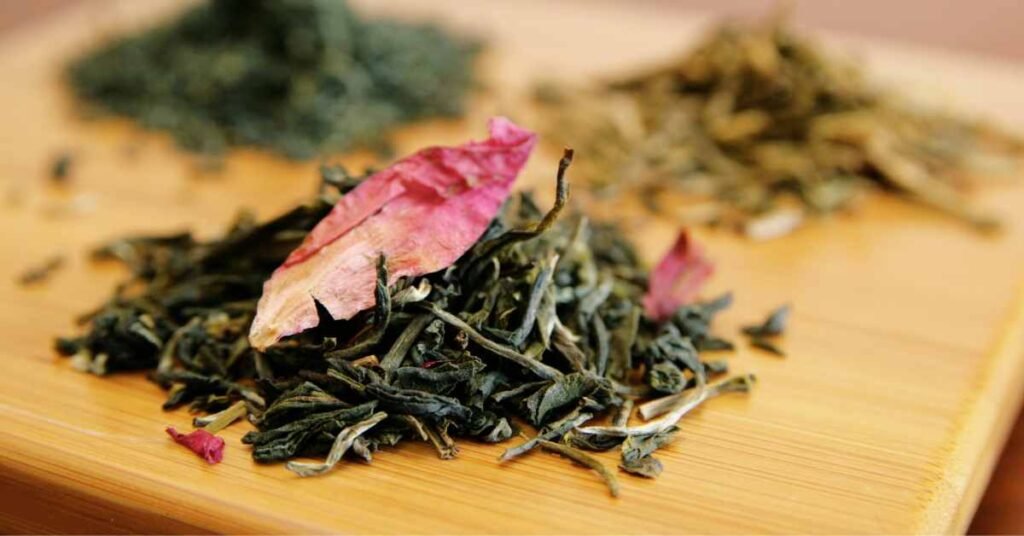Green tea, a beloved beverage renowned for its health benefits and cultural significance, has a flavor profile that captivates tea enthusiasts worldwide.
The distinctive taste of green tea is not solely a result of the tea leaves but is influenced by a myriad of factors, ranging from cultivation techniques to processing methods.
In this exploration, we will unravel the key factors that contribute to the nuanced and delightful flavor of green tea.
Cultivar and Terroir
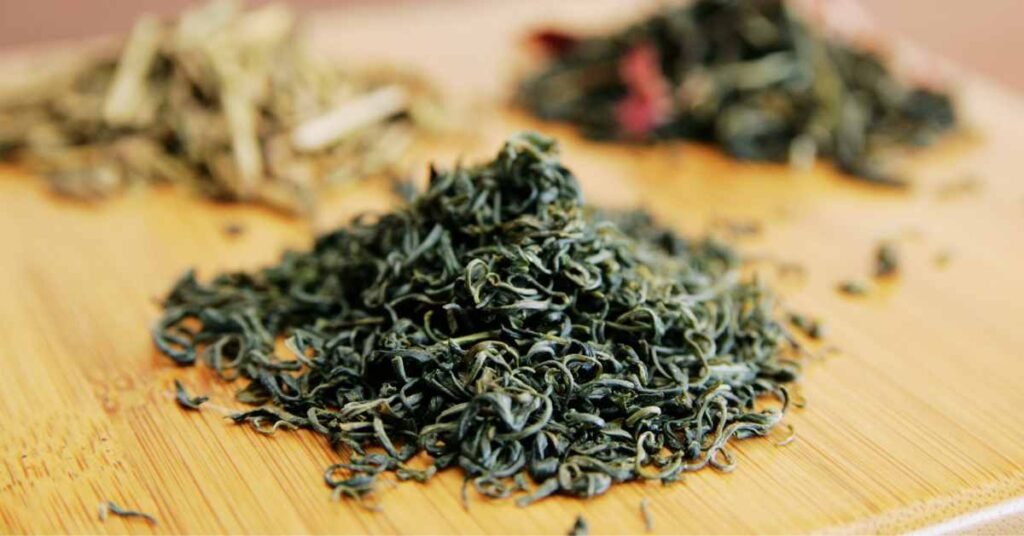
Green tea’s journey begins in the soil, where the tea plant’s roots absorb essential nutrients.
The choice of cultivar and the environment in which it grows, known as terroir, play pivotal roles in shaping the flavor profile.
Different cultivars and regions impart distinct characteristics, affecting the tea’s aroma, sweetness, and astringency.
For example, Japanese green teas like Sencha and Matcha are often associated with umami flavors, while Chinese varieties like Longjing may have a nuttier profile.
Growing Conditions
The conditions under which tea plants thrive significantly impact flavor. Factors such as altitude, temperature, and precipitation influence the chemical composition of the leaves.
High-altitude cultivation, for instance, can lead to slower growth and increased production of amino acids, enhancing the tea’s sweetness.
The interaction between these growing conditions and the tea plant is a delicate dance that contributes to the final flavor experience.
Harvesting Time
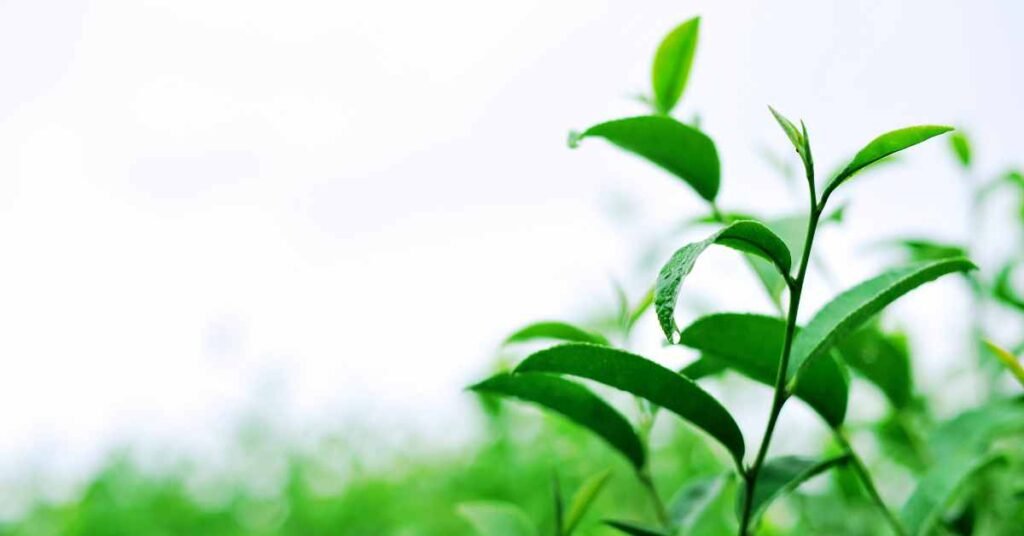
The timing of tea leaf plucking is a critical determinant of flavor. Young, tender leaves contain a higher concentration of desirable compounds, such as catechins and amino acids, that contribute to the tea’s aroma and taste.
In many cases, the first flush of spring yields the most prized and flavorful green teas, as the leaves have experienced a period of dormancy during winter, intensifying their flavor profile.
Processing Techniques
The way tea leaves are processed after harvesting plays a pivotal role in defining the final flavor.
Green tea is distinct from black tea due to its minimal oxidation process. Heat treatment, either through steaming or pan-firing, is employed to halt oxidation and preserve the natural green color of the leaves.
Japanese green teas are often steamed, imparting a vibrant and grassy flavor, while Chinese green teas may undergo pan-firing, resulting in a more roasted and nutty taste.
Leaf Rolling and Shaping
The physical manipulation of tea leaves during processing also influences flavor.
Rolling and shaping, common steps in green tea production, impact the leaf’s cellular structure. This manipulation can affect the release of flavor compounds during brewing, contributing to the overall taste and mouthfeel.
Long, slender leaves may yield a different flavor than tightly curled ones, showcasing the craftsmanship involved in shaping the final product.
Storage and Aging
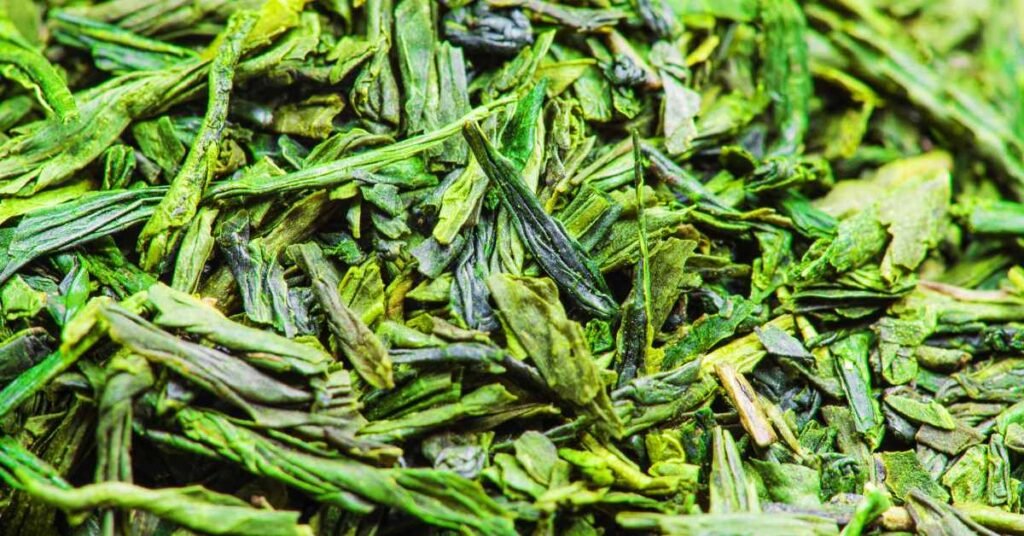
Proper storage is crucial to maintaining the freshness of green tea. Exposure to light, air, and moisture can lead to the degradation of flavor compounds.
Some green teas, particularly those of higher quality, benefit from a brief period of aging. This allows for the gradual development of nuanced flavors and mellowing of astringency.
However, this practice is not universal, and not all green teas are suitable for aging.
Water Quality and Brewing Parameters
The role of water in brewing green tea cannot be understated. The mineral content, pH, and temperature of the water used can significantly impact the extraction of flavor compounds.
Water that is too hot may result in a bitter brew, while water that is too cool may not extract enough flavor.
The duration of steeping also plays a crucial role, with shorter steeping times generally preserving the tea’s delicate nuances.
Caffeine and Amino Acid Content
Green tea contains both caffeine and amino acids, with their balance influencing flavor. Caffeine provides the tea with its characteristic briskness, while amino acids contribute to sweetness and umami.
The interplay between these two components contributes to the overall body and mouthfeel of the tea, creating a harmonious and satisfying drinking experience.
Final Word
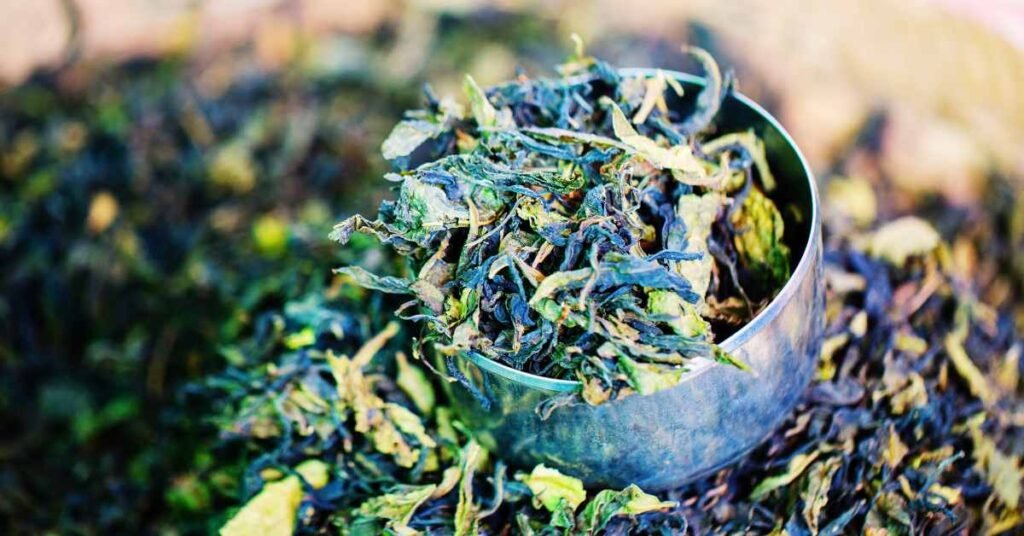
In the world of green tea, flavor is a symphony orchestrated by nature, cultivation, and craftsmanship.
From the humble tea plant to the hands of skilled artisans, every step in the journey contributes to the final sensory experience.
As tea enthusiasts savor each cup, they embark on a journey through the landscapes, climates, and traditions that converge to create the diverse and captivating world of green tea flavors.
Understanding these key factors allows for a deeper appreciation of the art and science that transforms tea leaves into the aromatic elixir cherished by cultures around the globe.
MEDICAL DISCLAIMER
Itsnevernotteatime.com cannot and does not contain medical/health advice. The medical/health information is provided for general and educational purposes only and is not a substitute for professional advice.
